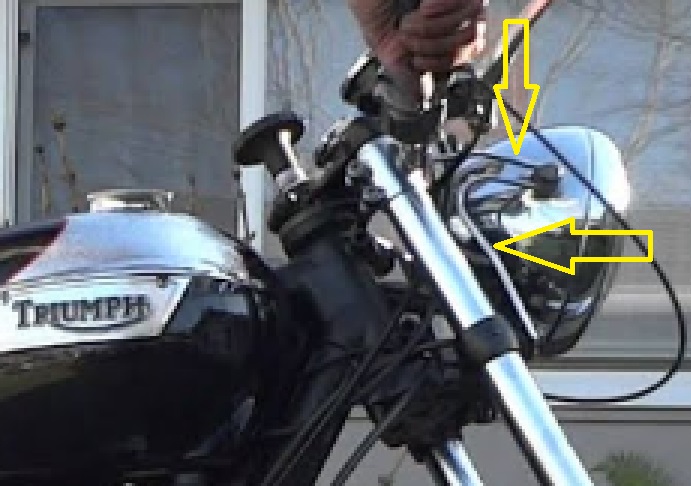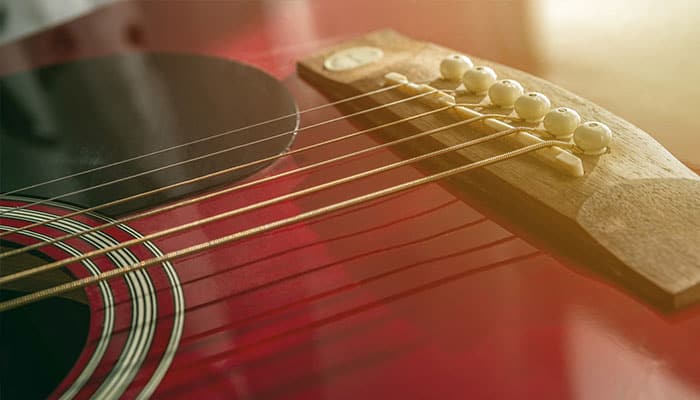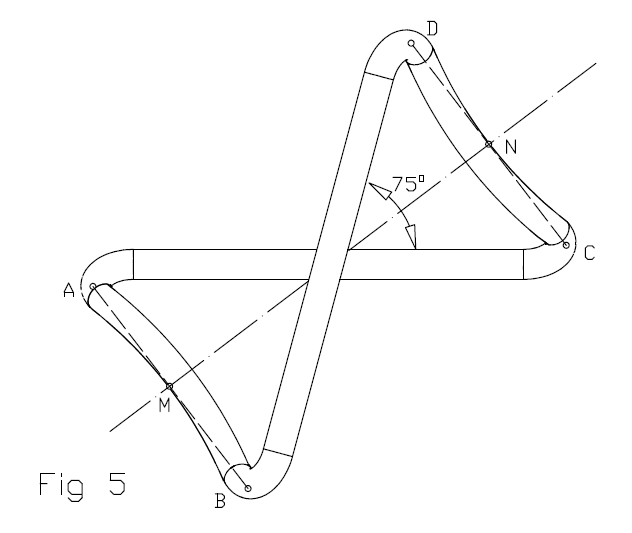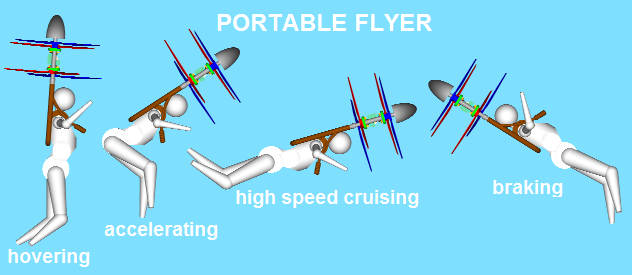You write:
- “As for your 'wire' flex-pitch prop design, ~1/2 a century ago
BSA/Triumph motorcycles went to the use of 'wire' mounting styled
front mudguard & headlight supports, but found that even rubber damped
wire would resonate, & eventually then fatigue-fracture due to vibration
frequency inputs from both engine & road effects.”
The “wire mounting” of the headlight :

is different than the “wire mounting” of the blades of the PatPitch propeller.
The resonance frequency is reverse proportional to the mass supported by the wire, is proportional to the tension / preloading of the wire and is reverse proportional to the “vibrating length” of the wire.
Take the strings of a guitar:

- The heavier (thicker) a string, the lower its resonance frequency and the deeper the sound it produces,
and
the weaker the “preloading” of the string (applied by turning its tuning key) the lower its resonance frequency and the deeper (lower) the sound it gives.
and
the shorter the active (or vibrating) length of the string (it is defined by the finger that pushes the string below a fret), the higher the frequency it vibrates and the higher the sound it makes.
The headlight of the Triumph is heavy, the “support” wire is thin and not preloaded, and the “vibrating length” of the wire is long.
In comparison:
The blade of the PatPitch propeller is quite lightweight,
the wire mounting the blade is thick and heavily preloaded (we talk for nearly one ton of force "centrifugal" preloading at 4000rpm of the propeller, for a blade having only 0.2Kg mass),
and the “vibrating length” of the wire is short.
If it's not yet clear, please let me know to further explain.
Thanks
Manolis Pattakos



